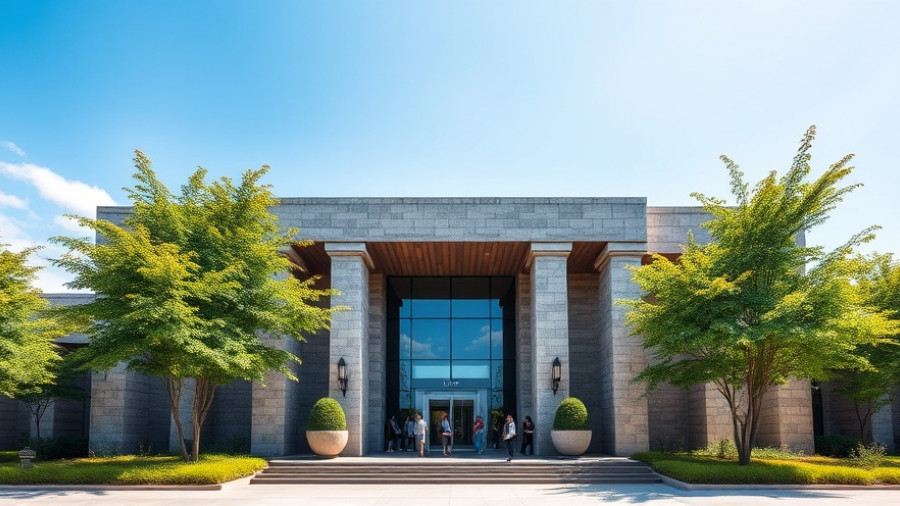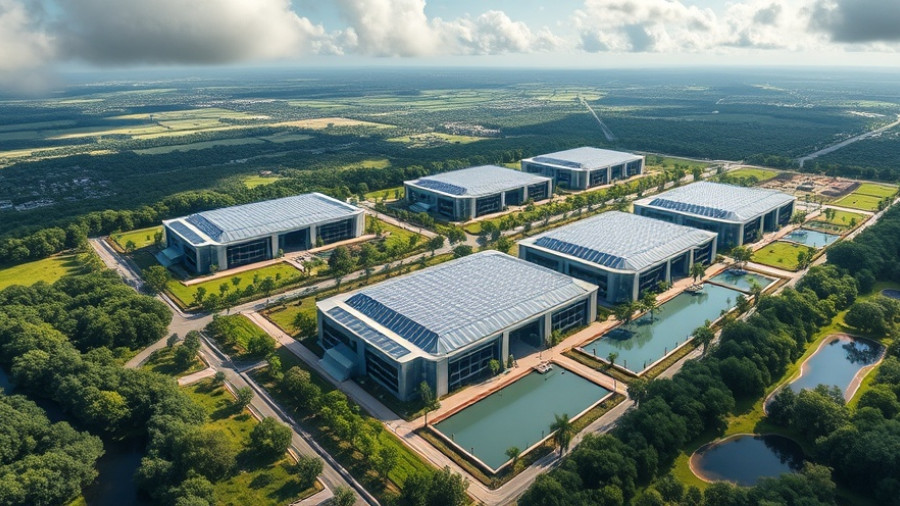
Harnessing Technology with a Human-Centric Approach
In an industry often characterized by its mechanistic view of building yet burdened with an acute labor shortage, the wisdom of a people-first strategy shines through in the insights of Trent Mostaert, vice president of industrialization at Mortenson. Mostaert advocates for a revolutionary shift where innovation for craftworkers is paramount, positing that technology should follow, not precede, worker needs. This approach reinvigorates the manufacturing landscape, particularly in sectors such as solar energy, where precise coordination of tasks is crucial.
The Heartbeat of Solar Projects
Mostaert’s description of the operational rhythm on a solar project captures the essence of efficiency in construction. He likens each task to a heartbeat—every five seconds a new pile is set down, with the cycle meticulously timed to ensure productivity. By optimizing this cycle with the help of integrated digital control systems, Mortenson has successfully bridged the gap between physical labor and digital innovation. As each piece of equipment can generate millions of data points, the opportunity lies in effectively analyzing this data to enhance labor efficiency and project management strategies.
Future Trends: AI and Robotics in Construction
The burgeoning influence of AI within industrial-scale solar installations showcases how technology can enhance human capability rather than undermine it. Mostaert notes that AI-powered robots are making significant strides in this domain, facilitating repetitive or hazardous tasks, thus freeing skilled workers for more complex problem-solving tasks. As AI continues to evolve, we can expect its integration into construction will not be about replacing workers but augmenting their capacities, ultimately leading to higher job satisfaction and lower turnover rates.
Balancing Innovation with Practicality
However, Mostaert sounds a warning against rushing into tech adoption without a holistic understanding of its implications. Innovation, while beneficial, must be approached thoughtfully, ensuring that all stakeholders, particularly the craftworkers, are considered in the implementation process. This insight aligns with industry trends that increasingly recognize the importance of engagement and training to smooth the transition into a more technologically driven work environment.
Strategic Insights for Industry Leaders
For business owners, property developers, and facility managers, the confluence of technology and human-centered design offers a pathway to leverage new efficiencies and improve profitability. Decision-makers should consider how investments in digital tools and training programs can yield better outcomes not just for projects but also for workforce satisfaction. In strategically embracing these advancements, executives can ensure they remain competitive in the evolving landscape of commercial construction.
As Trent Mostaert illustrates through his work at Mortenson, innovation in construction is not merely about enhancing operational capacity, but rather about fostering an environment where technology and people coexist harmoniously. Such an approach prepares the industry for future demands and offers tangible benefits for all stakeholders involved.
Your Next Steps in Embracing Innovation
To navigate this transformative landscape effectively, businesses must prioritize understanding the needs of their craftworkers. Engage in training and development initiatives that not only help implement new technologies but also empower the workforce to maximize these advancements. The future of construction depends not only on the technologies we adopt but also on how we support and value the individuals who build our world.
 Add Row
Add Row  Add
Add 




Write A Comment